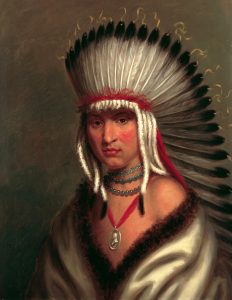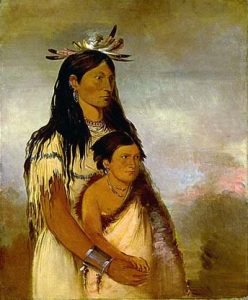Seminole Tribe
Seminole Indians, Seminole Nation (Creek: Sim-a-no’-le, or Isti simanóle, ‘separatist’, ‘runaway’ ). A Muskhogean tribe of Florida, originally made up of immigrants from the Lower Creek towns on Chattahoochee river, who moved down into Florida following the destruction of the Apalachee and other native tribes. They were at first classed with the Lower Creeks, but began to be known under their present name about 1775. Those still residing in Florida call themselves Ikaniúksalgi, peninsula people’ (Gatschet). The Seminole, before the removal of the main body to Indian Territory, consisted chiefly of descendants of Muscogee (Creeks) and Hitchiti from the Lower Creek … Read more





